Subscribe to HydroTerra News


Previous Editions
2025
2024
- December Newsletter
- November Newsletter
- October Newsletter
- September Newsletter
- August Newsletter
- July Newsletter
- June Newsletter
- May Newsletter
- April Newsletter
- March Newsletter
- February Newsletter
- January Newsletter
2023
- December Newsletter
- November Newsletter
- October Newsletter
- September Newsletter
- August Newsletter
- July Newsletter
- June Newsletter
- May Newsletter
- April Newsletter
- March Newsletter
- February Newsletter
- January Newsletter
2022
- December Newsletter
- November Newsletter
- October Newsletter
- September Newsletter
- August Newsletter
- July Newsletter
- June Newsletter
- May Newsletter
- April Newsletter
- March Newsletter
- February Newsletter
- January Newsletter
2021
- Technology News – December
- HydroTerra News – November
- Technology News – November
- Technology News – October
- HydroTerra News – October
- HydroTerra News – September
- Technology News – September
- HydroTerra News – August
- Technology News – August
- HydroTerra News – July
- Technology News – July
- HydroTerra News – June
- Technology News – June
- HydroTerra News – May
- Technology News – May
- HydroTerra News – April
- Technology News – March
- HydroTerra News – March
- Technology News – February
- HydroTerra News – February
2020
- Supplier Newsletter – December
- Supplier Newsletter – November
- General Newsletter – November
- Supplier Newsletter – October
- Supplier Newsletter – September
- General Newsletter – September
- Supplier Newsletter – August
- General Newsletter – August
- Supplier Newsletter – July
- General Newsletter – July
- General Newsletter – June
- Supplier Newsletter – May
- General Newsletter – May
- Supplier Newsletter – April
- General Newsletter – April
April Newsletter

Creating value measuring ecological condition
20 April 2023Measuring ecological condition is no mean feat. Measuring natural systems to place a dollar value on them and their “worth” to individuals and communities adds yet another level of complexity to an already challenging task. Yet, as our appreciation of the environment as finite increases, and the more its protection is enshrined in legislation, the more we are having to step up to this challenge.
This is not a new problem, various frameworks have been used for many years to quantify changes in ecological conditions, for example, Rapid Appraisal of Riparian Condition (RARC) or SIGNAL scores.
What has changed is that the environment is now worth big money. Biodiversity credits are one of the latest tools, and the capital pursuing these credits provides a unique opportunity to restore the environment.
The goal now is to determine where best that money should be invested and how to quantify the true change in ecological value. Pressure is mounting on ecologists and natural resource managers to answer the question “Where should we be doing what to save the environment?” Without agreed methodologies to underpin the assessment and quantification of ecological health, there is potential for investment in the wrong places.
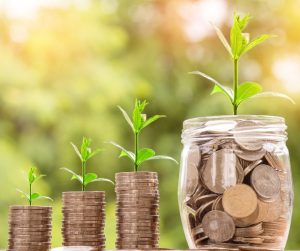
State and Transition Modelling (STMs) is one approach to describing key components of ecological site descriptions (e.g. to measure ecological resilience) that’s gaining traction. For example, it has been adopted as a component of the Ecological Elements Method used to compare environmental outcomes at the regional scale as part of the Murray Darling Basin Plan scenarios. Check out this research publication on the Ecological Elements Method published by the CSIRO.
HydroTerra too has been collaborating in the development of a model that will allow the selection of sub catchments which are likely to benefit most from implementing landscape rehydration practices. This is so investment dollars, both by private entities and governments can be directed to provide the best return on investment possible.
Richard
Simplifying the GED for landfill operators
20 April 2023

Landfill expertise just a click away
20 April 2023

Filling the void – Nick Bailey
20 April 2023

Visual MODFLOW Flex 9.0 is here!
20 April 2023
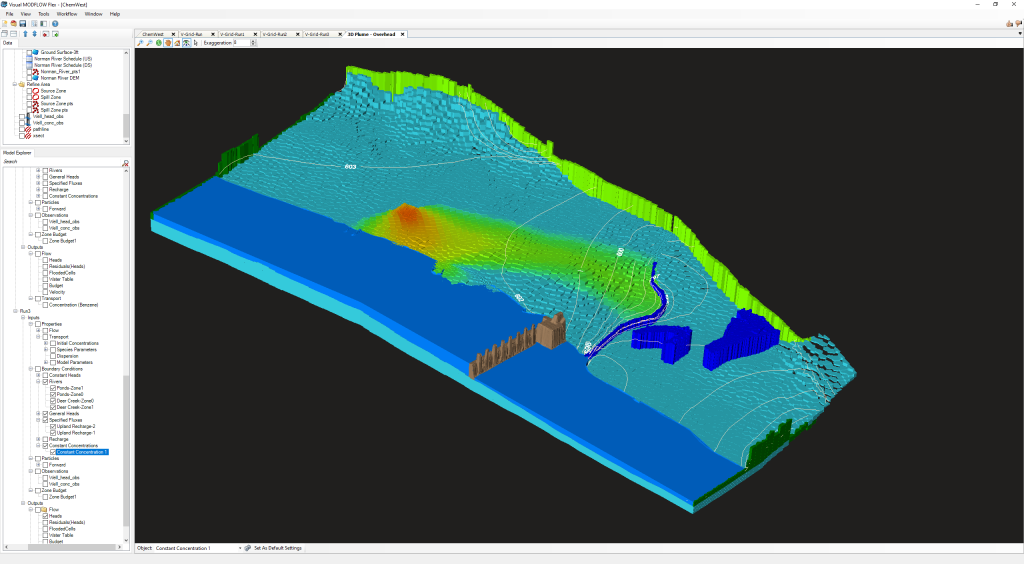
Understanding pesticides to better manage water quality
20 April 2023
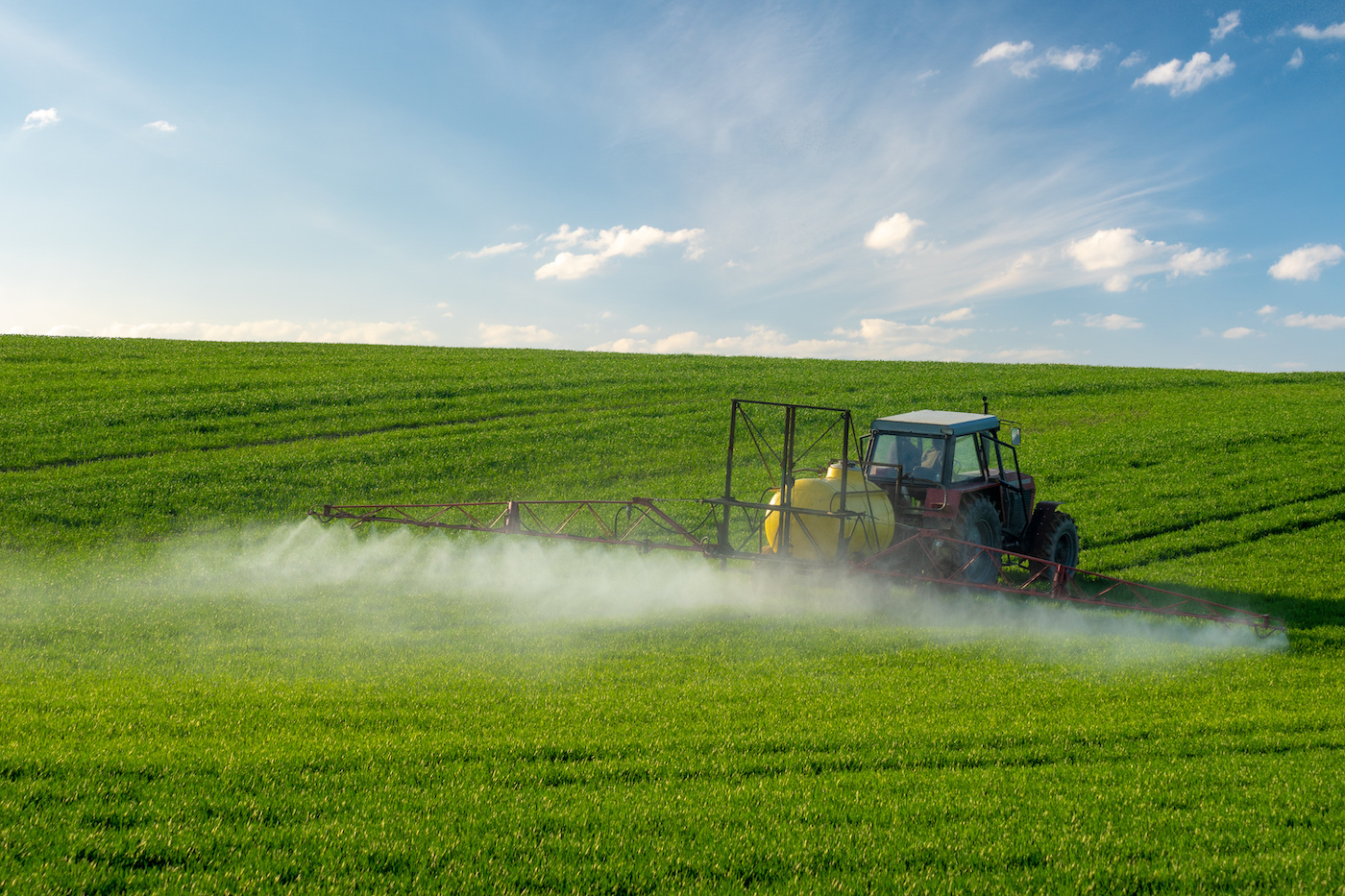
Minimising impacts of fertiliser runoff
20 April 2023
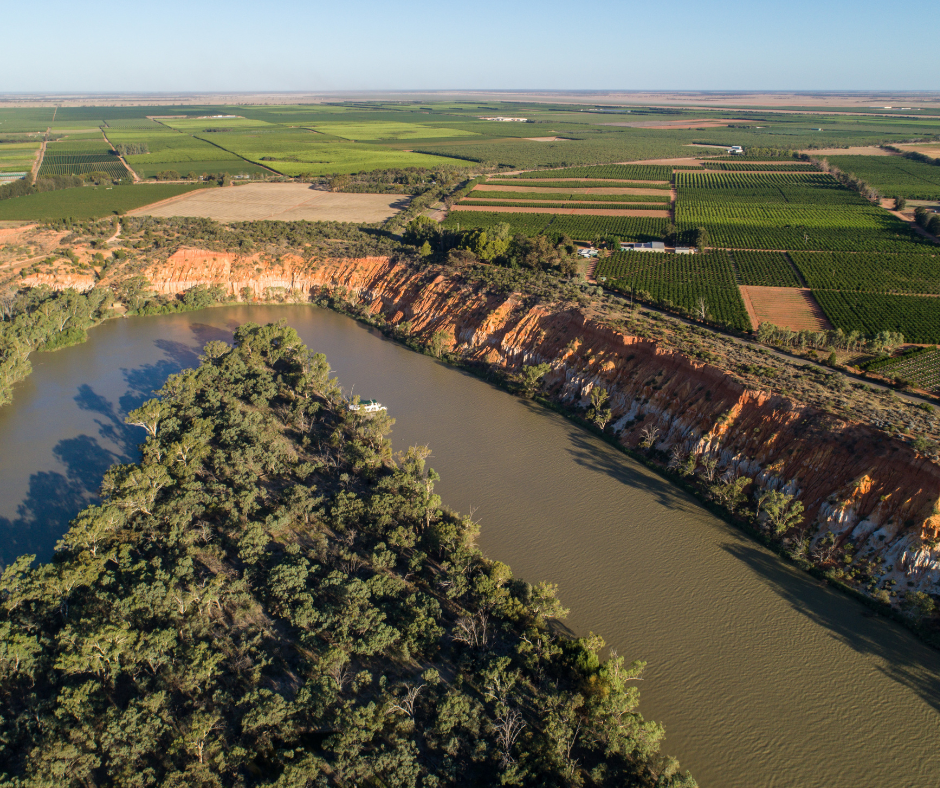
Sensing climate change in corals using AquapHOx
20 April 2023

Groundwater monitoring with Solinst Pneumatic Packers
20 April 2023
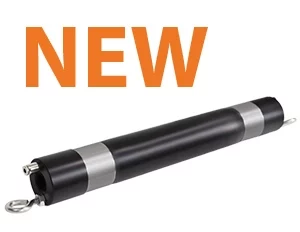
Webinars: From landfill to water resource management
20 April 2023
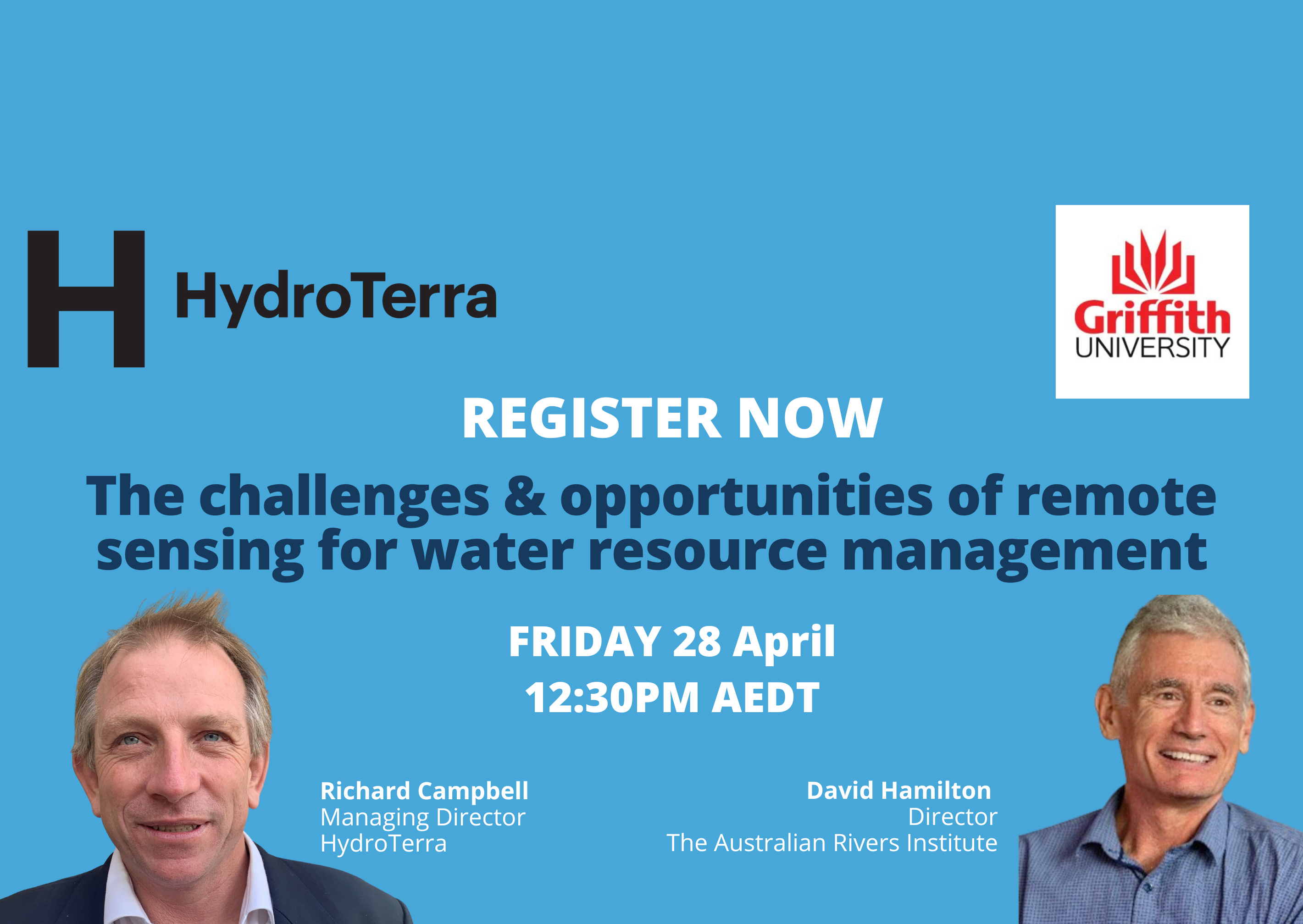
ANB Webinar Series on pH sensor technology
20 April 2023
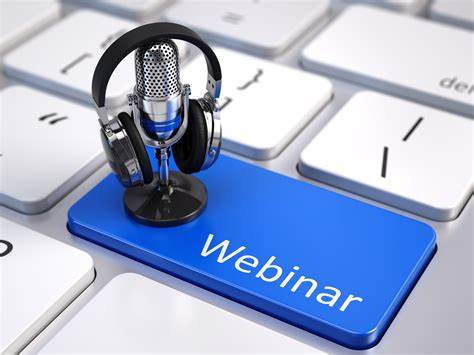
What to look forward to
20 April 2023Date
Event
Detail
Saturday 22 April
Earth Day: An annual event to demonstrate support for environmental protection.
Wednesday 26 & Thursday 27 April
ANB Sensors Webinars:Understanding the next generation of pH sensors
12.30pm, Friday 28 April
HydroTerra Webinar: The challenges & opportunities of remote sensing for water resource assessment Webinar
Wednesday 10 to Friday 12 May
Australian Water Association Conference: Australia’s largest water exhibition in the Southern Hemisphere
12.30pm, Friday 12 May
HydroTerra Webinar: Topic on biochar with Earth Sciences Nigel Murphy
Mark it in your diary



